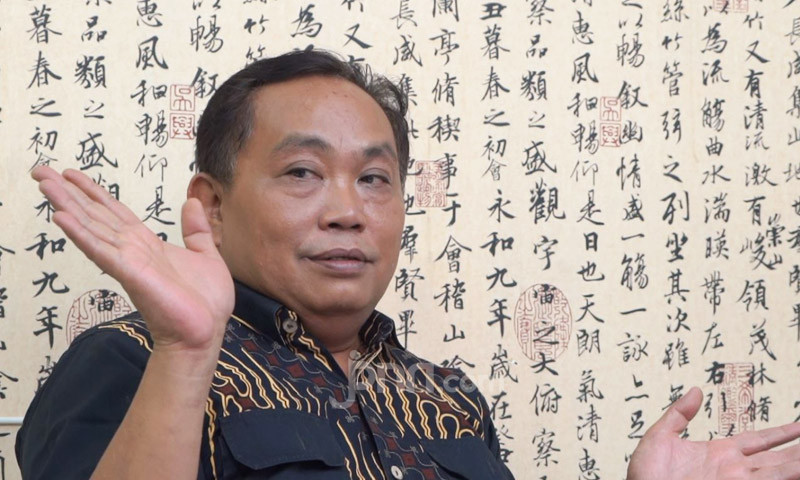The sound of the strings rises from a small triangle of greenery in central Brooklyn this Friday evening, emerging from the instruments of the musicians of the New York Philharmonic, far from their usual hall in Lincoln Center, Manhattan.
Their fall season canceled, their hall closed due to coronavirus, Quan Ge, Cong Wu and their violins perform, that day, in front of the orchestra’s van, the aptly named Bandwagon, pun between “train on the move ”and“ orchestra vehicle ”.
The Philharmonic has chosen this new format, available three times a day on Friday, Saturday and Sunday until at least mid-October, to meet New Yorkers in the street.
Some pass without a glance, but others stop, to listen to these tunes which mix with the sounds of the city, like this truck horn whose tone miraculously matches the song.
“We must introduce ourselves to the world”
At these moments, “it is as if the city were our orchestra and that we were the soloists”, marvels Anthony Roth Costanzo, opera singer and producer of this series of “pop-up” mini-concerts, which invest the four corners of the metropolis without announcing in advance.
“In this time of pandemic, of societal change, we are exploring new ways of getting in touch with people,” explains the countertenor, in a falsetto voice. “We have to reinvent the ways of going to the concert.”
“It’s not just about attracting people to us, to our venue,” he continues, “we have to introduce ourselves to the world and show what music can do.”
In addition to the venue, the oldest philharmonic orchestra in the United States (178 years old) has also broadened its repertoire to attract the ears of onlookers.
In the small Brooklyn public garden, a few meters from the Brooklyn Academy of Music, the musicians, masked and far from each other, ended on the ballad “Somewhere” taken from the musical “West Side Story”.
The members of the orchestra have swapped tails and white bow ties for T-shirts and sunglasses and encourage spectators to come forward and even dance.
Anthony Roth Costanzo is in charge of the animation between songs, microphone in hand in the back of the van.
As motorists roll down their windows to catch a few notes of a string arrangement of the New York tribute hymn “Empire State of Mind (Part II)” by pop singer Alicia Keys.
–
“We need a scene”
“I love you!” Lorri shouts, her eyes cloudy with tears, after the serious interpretation of “Lachrimae Pavan”. “It touched me”, she said shortly after, thrilled by this concert which is, for her, “a gift from heaven”.
Since the start of the pandemic and the closure of most performance venues in the United States, virtual concerts have multiplied, in an attempt to fill the void.
But “it is not the same thing”, acknowledges Cong Wu. “Music is communication. We need a scene. ”
The Philharmonic keeps the location of these outdoor performances secret to avoid crowds and create the conditions for transmission of Covid-19.
But even in front of only a few dozen spectators chosen at random, not all lovers of classical music, far from it, “it’s nice to feel the energy of people”, rejoices the violinist.
“There was a moment, at the end, when the violins fell silent, where there was a perfect silence, like those we hear in a concert hall”, emphasizes Anthony Roth Costanzo.
“I felt people come into contact,” he says. “Not just between them and us, with each other as well. It’s so important in our world today. ”
–


